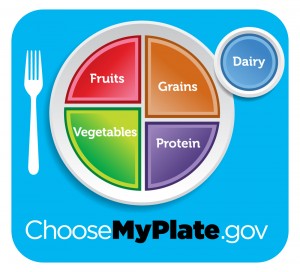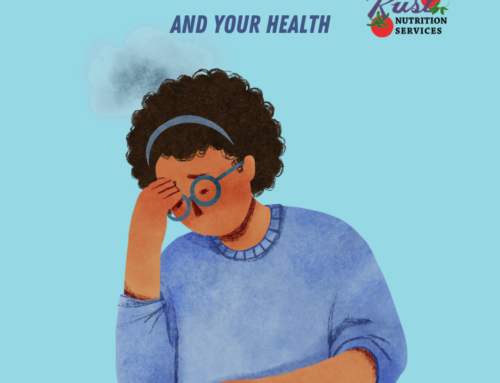Before “healthy”, organic and specialty packaged food were available in the average supermarket, they were only available from “Health Food Stores” or via special order. Now more than ever before, everyone has access to a variety of choices, and many are demanding more and more “custom foods”.
Just about every supermarket offers an Organic or Specialty Foods section, and they are growing, becoming pretty mainstream. In addition, however, they also offer even more choices in the area of snack foods (crackers, cereals, chips, cookies, bars). Often Organic brands, or foods labeled as more “natural”, are give the health halo, when in fact, they are really no better than similar non-organic products.
Has access to more variety or designer foods made us healthier?
Where We Were, and Where We’ve Been
I participated on a calcium council during the years 2000-2004. The committee’s charge was to empower communities to support healthy food and beverage choices for children, and paid particular attention to the growing obesity problem. At that time there was serious concern about “competitive foods’ in school – treats that could displace healthier choices like milk or the school lunch.
 Over recent years, National School Lunch guidelines have encouraged more fruits and vegetables at lunch. Soda machines, and other unhealthy competitive foods, have gradually been removed from school cafeterias, but what has this achieved over the past 10 years?
Over recent years, National School Lunch guidelines have encouraged more fruits and vegetables at lunch. Soda machines, and other unhealthy competitive foods, have gradually been removed from school cafeterias, but what has this achieved over the past 10 years?
- Are children suddenly increasing their calcium intake?
- Do they eat more fruits and vegetables?
- Are they more fit?
- Have they begun to eat the proper amount of calories for their age and body?
- Do new parents have a better understanding about how to nurture their babies by providing proper early feeding guidance?
The short answer to most of the above is – No. The elimination of some “evil food or beverage” generally isn’t replaced with good eating habits that result in improved diet quality or healthy body weight. I’d conclude that these simple banning measures aren’t working.
Banning foods or beverages from a person’s diet, assumes that the food in question is the main cause of a problem at hand. Gluten is removed because some believe it’s causing weight gain in non-Celiac people. Sugar is removed because, while it’s void of nutritional value, it’s suspected to be “addictive” or “toxic” (it’s neither in normal quantities). Heck, even the esteemed Harvard Public Health is using the word toxic.
Families need to foster healthy habits and attitudes about eating, food and nutrition right from the start. There is too much focus on what to eat, and not enough focus on the eating environment that fosters healthy habits.
I would rather see a busy family sit down to a table that is properly set with dishes, forks and knives, serving a simple baked chicken, boxed rice, canned green beans, and a glass of milk, than worry about how much fat or sodium is in their meal.
It’s the sitting together at the table, taking time to prepare and eat a meal, and chatting about your day, that goes much farther in terms of long-term health, than planning out a “perfectly healthy meal” (that has many definitions).
Moving Forward
Perhaps the most profound impact the health care team could make is more emphasis on education where nutrition begins: Pregnancy and infancy.
We can’t go back in time, we can only move forward. The obesity battle will only be won if we step back and start from the beginning. If I’ve said it once, I’ve said it a hundred times: It is not just about the food or beverages people choose to eat, it is about HOW they eat.
Not the what, but the how.
This approach is much more effective than trying to fix the problems that are already out of control (obese teens and adults), or screaming about how the junk food industry poisoning children. Sure, some young children and teens can modify their eating and exercise habits, but once those fat cells develop in infancy, they can’t be removed.
Prevention is and always has been the best method. We need to stress the importance of good nutrition right from the start by encouraging healthy eating for healthy pregnancies. Obstetricians can help ensure that women who qualify for WIC use that benefit. Pregnant woman who don’t qualify for WIC should also be able to get at least two visits with a registered dietitian early on – so that young women have the opportunity to learn and clearly get the message that what they eat impacts the fat genetics of their child. The role mothers set early on, creates the healthy eating habits that child will take with him through life. That’s where it all starts. Let’s get back to basics.




